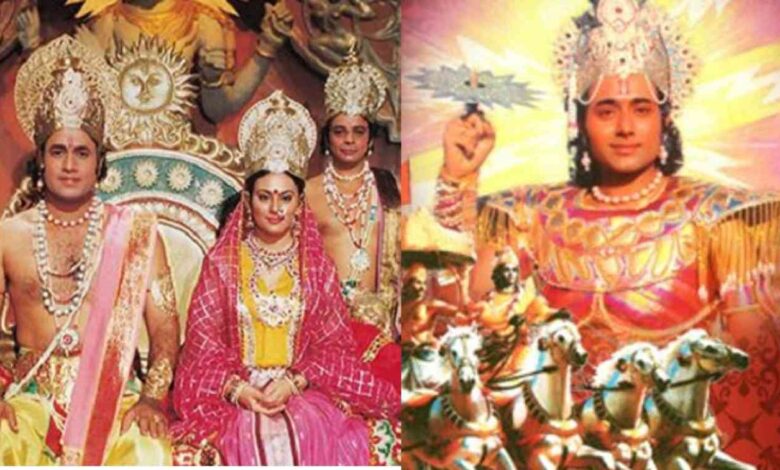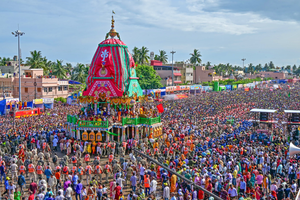Queendom that was grossly underwritten in India

Mobilenews24x7 Bureau (The rear window)
We have been accustomed to a notion that, being women hidden behind the curtains or frills cannot walk out of the bounds to dismiss the belief that, they are all unfeminists and seldom can break the patriarchy iron curtains.
But as we wave at the Women’s History Month, histories reveal that some Indian women(queens) went up claiming that, they are also capable of inheriting a legacy. Fight, reign and live as warriors or women of bravery, ornaments bequeathed upon.
Regardless of whether a woman hails from a royal lineage or not it had remained a gigantic task to head a clan with resolution and formidable. Some of our queens dared the patriarchal dominations and enriched a legacy.
Walking back to the epic era, either Ramayan or Mahabharat, examples are aplenty.
In Ramayan, Kaikeyi was marked by her womanhood as a wife and a brave fighter. She was queen who stood by her husband King Dasharath and saved his life in a battle field and earned two boons which later used that led to banishment of Lord Rama. Born to a royal clan, beautiful and an upbringing in a patriarchal surrounding she broke the shackles and became a warrior.
Although she was dubbed as a vampire of sort but she always tried to walk her on shoulders and earned an identity among others. Speaking up for her rights and asserting them too made many worried.
In an unequal world, she—the “last of her name”, has had her glory pretty much lost on her (in)decisions. Her only crime? Speaking up for her rights and asserting them too.
Draupadi, daughter of King Draupad drew another parallel but her happiness in marrying the Pandavas and subsequently her humiliation in a King’s court where she was attempted to be disrobed by Dushashan, led to her rage and become revengeful after the Pandavas lost a dice game.
Her vows not to knot her open hair lock before she get them soaked in her tormentor Dushashan demonstrated her iron will and resolve.
Amid the din and dust of male clashes at the Kurukshetra war that augured in unbecoming wisdom about life and death, Draupadi’s tormented psyche lied invariably martyred. She was awoman who didn’t hesitate to upstage dharma (righteousness) for retribution, Draupadi’s is a tale of feminist appropriation.
Draupadi’s dogged quest for identity and reclamation of her narrative is, thus, a defiant saga whilst her inner fantasy—fraught with weakness for a man she had written off for social concerns throws a wrench at piety, pride and path that passion must take. She is the architect of her own destiny and the staunchest, anti-establishment critic.
Dipped in a thick patriarchal mould—a devoted wife beyond par excellence and then the voluntary blindfolding to respect her husband’s birth real blindness, to abort sensory pleasures, shook the society.
Although her sacrifices had been pitiably underplayed in the epic and one may call that syndrome that was avoidable.
This rang blasphemy among many as to how a godlike figure could be punished while her ‘unseeing’ gaze scrutinised for censoring a million injustices meted out by her own sons.
There are so many like the princesses who dot the pages of history who went beyond the calibrated patriarchal dominations all those years down to days today seeing the rising stars like Rani of Jhansi to the present who survived the patriarchal dominations and proved the stereotypes wrong.





